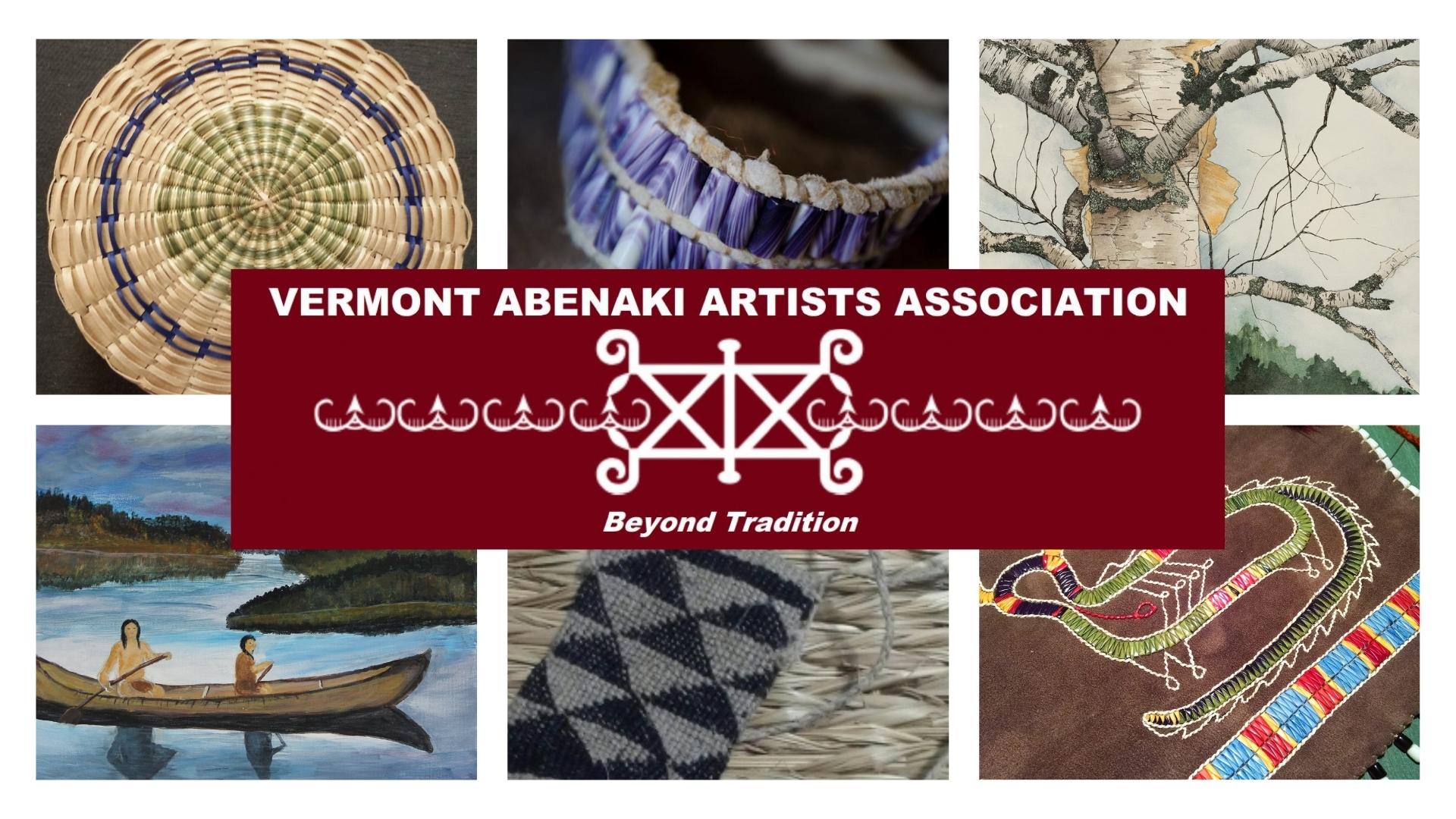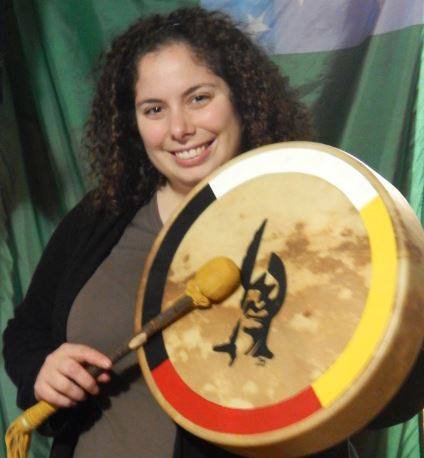
by Frederick Mathew Wiseman, Ph.D.
Publication from the Great Council Fire Project presented courtesy of Wôbanakik Heritage Center.
EXCERPT FROM INTRODUCTION
“This document, a preliminary classification of antique Wabanaki beadwork, has been prepared to assist Wabanaki groups and individuals in understanding the beadwork designs once practiced by their ancestors. The time may be coming when modern or future craftspeople will need these data to resurrect the ancestral styles, and then move beyond the traditional to developing new designs and interpretations. Unfortunately, except for early “double scroll” beadwork there is little Wabanaki Beadwork on display or in publication. Indeed, some of it, especially the mid 20th century “pan-Indian” styles are being scorned and even discarded by their owners as this is written. Wabanaki Beadwork 1850-2000 is meant to showcase heretofore unpublished examples from an admittedly small collection of beaded items and imagery of beadwork being worn. It also attempts to organize these collections in a meaningful way that offers a preliminary stylistic and, to a certain extent, temporal (dating), classification.”
Wabanaki Beadwork 1850 – 2000. Part 1, 13 pages
- Introduction Post 1850 Wabanaki Beadwork,: Classification, History of research into Wabanaki Beadwork, Iroquoianism, Current Research, Stylistic typology,
- Double Scroll Beadwork: Early/mid 19th century
- Geometric Beadwork: Early/mid century.
Wabanaki Beadwork 1850 – 2000. Part 2, 15 pages
- The Nested Circ;e style: Maliseet / Passamaquaddy Mid late 19th Century,
- The Miniature floral style: Penobscot (/Passamaquoddy) Mid late 19th century
- The Radiant Leaf style: Wabanaki Mid late 19th century
- The Sunflower Style. Wabanaki and Kahnewake (rare) Mid late 19th Century
Wabanaki Beadwork 1850 – 2000. Part 3. 11 pages
- The Sunflower Style. Wabanaki and Kahnewake (rare) Mid late 19th Century (continued): The flat bag
- Passmaquoddy Beadwork (Unclassified) Mid-late 19th century
- The Figural Style. Wabanaki / Kahnawake Late 19th century
- Netted Beadwork With a Wabanaki Provenance Mid-Late 19th century
Wabanaki Beadwork 1850 – 2000. Part 4. 12 pages.
- The Niagra Style. Wabanaki / Iroquois Late 19th/early 20th century
- The Pan Indian Style. Wabanaki ca. 1920-late 20th century
Wabanaki Beadwork 1850 – 2000. Part 5. 8 pages.
- Wabanaki Revival Styles. Wabanaki Late 20th century
- Miscellaneous Abenaki Beadwork Types. Mid-late 19th century
- Bibliography

